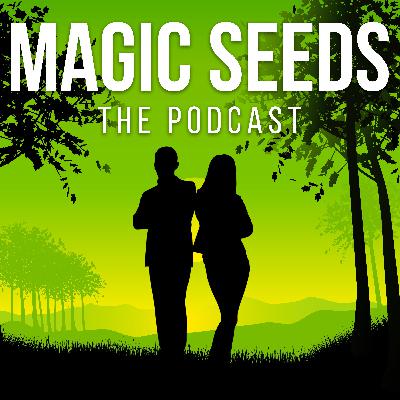Episode 115: The Ripple Effect of Self-Work
Description
In this episode, we explore the deeper meaning of emotional triggers — how they surface in our relationships and how, when met with awareness and compassion, they can become powerful gateways to intimacy and growth.
What Triggers Really Are
Triggers aren’t random reactions; they’re echoes of past pain surfacing in the present. When something small sets off something big, it’s often an old wound asking for attention. Being triggered doesn’t mean you’re broken — it means a part of you is ready to be seen and healed.
Awareness — The First Step to Freedom
The moment you notice a surge of emotion, pause and acknowledge it: “I’m feeling triggered right now.” Naming the experience creates space between feeling and reaction, allowing you to choose a new, more conscious response. Awareness turns automatic defense into intentional healing.
Looking Beneath the Reaction
Every trigger has a root. Ask yourself what the moment reminds you of, or what fear it awakens. Often, it’s not about the current situation — it’s about an older story of feeling unseen or unsafe. When you identify the source, you can soothe the wound instead of fighting the symptom.
When Your Partner Is Triggered
When someone you love is triggered, meet their pain with empathy rather than defensiveness. Remind yourself: This isn’t about me. Simple words like “I can see this feels big for you” create safety and connection. Compassion becomes the bridge through emotional storms.
The Power of Vulnerable Communication
Healing happens through vulnerability, not blame. Instead of accusing — “You made me feel ignored” — reveal your experience: “When you didn’t respond, I felt invisible.” Vulnerability invites understanding, and listening with openness builds deeper trust.
The Role of Boundaries and Space
Sometimes the most loving response is a pause. Taking space to self-regulate is not avoidance — it’s maturity. Calm conversations repair; heated ones divide. Boundaries create room for clarity, safety, and genuine connection.
Growing Through Triggers
When two people face triggers together, they move from reactivity to recognition. Seeing the human behind the reaction transforms pain into partnership. Real intimacy is built not in perfection, but in shared compassion.
The Challenge
Your Next Step This week, when you feel triggered, pause. Take a breath. Ask yourself, “What story is being reactivated here?” Then, do one brave thing — share honestly instead of reacting. One conscious moment of awareness can begin rewriting the story of your relationships and your life.
Core Message: You are not your triggers. You are the awareness that sees them — and in that awareness lies your power. When we navigate triggers together, they don’t break connection; they deepen it.





